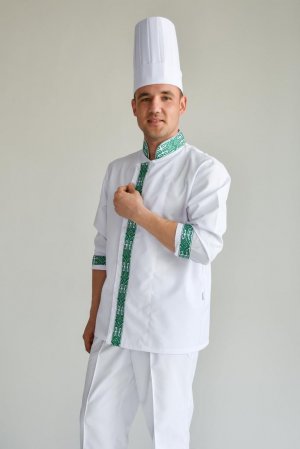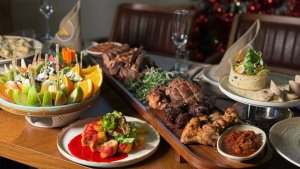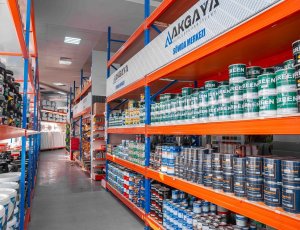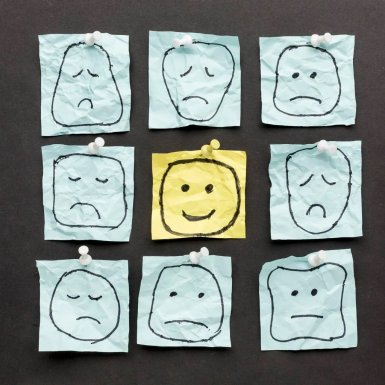In 2020, ten teams of the Buyan agro-industrial complex produced a total of 17.5 thousand tons of conditioned licorice root, which is 300 tons more than the target. Kurbandurdy Haidov, deputy director of AK “Buyan” for agriculture, said in an interview with the Neutral Turkmenistan newspaper.
The most extensive thickets of wild licorice are located in the Lebap velayat. In the eastern region of Turkmenistan, licorice grows in the floodplain of the middle reaches of the Amu Darya for hundreds of kilometers - from Koytendag to Darganat. Close up, the herbaceous plant is stalks with small leaves. The main value is in the roots, which far exceed the ground mass and are invisible to the eye stretching in different directions for tens of meters.
The process of harvesting them is simple and lasts from early spring to mid-autumn. First, a caterpillar tractor, starting from the middle of the site and writing out expanding circles, with a plantation plow turns over the earth layer with a depth of half a meter or more. The electors with sickle knives follow. They quickly separate the thinner, and, therefore, substandard parts and ground green mass from the roots that have come to the surface, which are buried in the next pass of the technique. Then, promptly, according to their own developed agrotechnical method, they will roll the earth here to retain moisture in the turned soil and create better conditions for the perennial plant for development (vegetative irrigation with licorice is not needed, it uses groundwater). And over time, self-propagation of licorice will begin, which will allow its reserves to not dry out. They will return here for extraction only after a few years, so that the roots have time to reach a certain thickness.
After digging them up, they are collected and put in separate places. After preliminary drying of the required thickness, the roots are delivered to Turkmenabat by heavy-duty trucks with trailers and two motor ships with barges for processing to the production base of AK “Buyan”. There, on a backwater on the northern outskirts of the city, a workshop for the production of thick licorice extract has been operating for many years.
The process of obtaining a thick licorice extract using the supply of high temperatures and steam into large metal containers resembles brewing tea. And at the exit a dark viscous mass is formed, sweetish in taste and with a characteristic enveloping smell.
In 2008, within the boundaries of Turkmenabat, on the spacious territory of the administrative building of AK “Buyan”, a modern workshop for the production of dry extract was commissioned. Computer equipment and advanced technologies are already being used here. A previously crushed root is brought here from the backwater by machines. Then steaming takes place in vertical stainless steel containers at a temperature of + 95 ° C and above. The so-called “juice” obtained in the professional language is asserted for four hours. Twice as much time is allotted to extract moisture from it in two vacuum apparatus. The final stage is followed by drying and making a bright yellow powder. Due to its concentration, it contains more nutrients than a thick extract. In addition, products in this form are much more convenient for transportation and use.
There is a pressing section under a high roof next to the dry extract production facility. Here, a powerful and time-tested mechanism presses rectangular weighty bales of licorice root strapped with a strong tape. For the manufacture of the cut root, there are special machines in the workshop on the backwater.
And all four types of products of the only agro-industrial complex “Buyan” in Turkmenistan are known and appreciated in many countries. For the treatment of various diseases, the inhabitants of our country are fully provided with medicines from the root of licorice, produced at domestic pharmaceutical enterprises.













